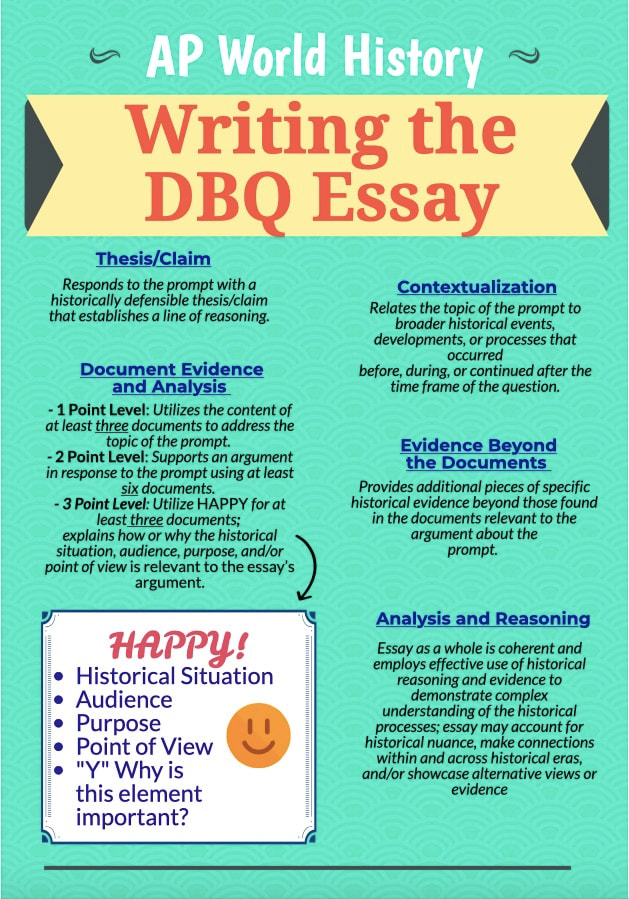How Do Scientists Know That Earth’s Core Is Metallic?
Earth is a complex planet, and scientists are constantly learning more about its composition. The Earth’s core is one of the most mysterious regions of the planet, but scientists have been able to determine that it is primarily made of iron and nickel. This is because of evidence from seismology, which is the study of earthquakes, and the study of Earth’s magnetic field. Seismic waves travel through the Earth’s core and reveal its structure, while the Earth’s magnetic field is generated by the motion of the metallic core. Through these two methods, scientists are able to determine that Earth’s core is metallic.
What is Earth’s Core Made of?
The centre of our planet is an enigma that scientists are still trying to understand. Earth’s core is thought to be composed of iron and nickel, and other elements that are denser than the mantle and crust of the planet. This is why scientists believe that the core is metallic. But how do they know this?
In order to determine what Earth’s core is made of, scientists use seismic waves, which are vibrations that travel through the Earth’s interior. By studying the way seismic waves move through the Earth, scientists can gain insight into the density and composition of the planet’s core.
In addition to seismic waves, scientists use magnetism to gain insight into the core. The Earth’s core is believed to be composed of iron and nickel, which are both magnetic materials. By studying the magnetic field in the core, scientists can gain further insight into the composition of the planet.
Finally, scientists use computer models to simulate the conditions in the Earth’s core. By running simulations of the planet’s core, scientists can gain an understanding of how the planet’s core is composed and how it formed.
By using a combination of seismic waves, magnetism, and computer simulations, scientists have been able to determine that Earth’s core is made of metallic materials. This knowledge has helped them to understand the structure of the planet and to study its evolution over time.
How Do Scientists Measure the Composition of Earth’s Core?
Earth’s core consists of two layers: a solid inner core and a liquid outer core. Scientists have long been trying to understand what the core is made of and how it behaves. For decades, scientists have used various methods to measure the composition of Earth’s core, from seismic waves to satellite measurements. Seismic waves are sound waves, or vibrations, that travel through the Earth’s interior. By measuring the seismic waves, scientists can determine the speed at which they travel, which gives clues as to the composition of the core.
Satellite measurements are also used to study the core. By measuring the gravitational pull of the core, scientists can determine its density and composition. This helps them understand the structure of the core and its properties. Additionally, scientists can use magnetic field measurements to study the core. By measuring the Earth’s magnetic field, they can learn more about the structure and composition of the core.
By combining all these methods, scientists can get a better understanding of Earth’s core and its composition. They can answer questions such as what the core is made of, how it behaves, and how it has evolved over time. This helps us better understand our planet and its history.
What Evidence Suggests That Earth’s Core is Metallic?
Earth is made up of several layers, the innermost of which is thought to be a metallic core. But how do scientists know this? How can they be sure that the core is metallic in nature? In this blog, we’ll explore the evidence that suggests Earth’s core is indeed metallic.
To get to the core of the matter, we must look at seismic waves. By studying seismic waves, scientists are able to map out the various layers of the Earth and the materials that make them up. Seismic waves move at different speeds when travelling through different materials, and these speeds can be used to determine the composition of the Earth’s layers. The core, for example, appears to be made up of a high-density material, likely a metal such as iron or nickel.
Scientists also use the magnitude of the Earth’s magnetic field to infer the metallic nature of the core. The Earth’s magnetic field is generated by the flow of molten iron, which is much more conductive than the surrounding material. By studying this, scientists can determine that the core of Earth is indeed metallic.
Finally, scientists are able to measure the Earth’s gravitational field to get a better understanding of the core. By looking at the gravitational pull of the Earth, scientists can detect minute variations that are consistent with a dense, metallic core.
Through these methods, scientists have been able to infer that Earth’s core is in fact metallic. The evidence suggests that the core is made up of a high-density material, likely iron or nickel, and is responsible for generating the Earth’s magnetic field. Through the study of seismic waves, the magnitude of the Earth’s magnetic field, and the Earth’s gravitational field, scientists can gain a better understanding of the nature of the Earth’s core.
How Do Magnetic Fields Give Insight Into Earth’s Core?
Earth’s core is the innermost layer of the planet, located approximately 1,800 miles beneath the surface. It is composed of a solid inner core and a liquid outer core that are believed to be composed of a combination of iron and nickel. The presence of this metallic core has puzzled scientists for centuries, as it cannot be observed directly. However, the presence of the metallic core can be inferred from a variety of sources, most notably the Earth’s magnetic fields.
The Earth’s magnetic field is generated by the convection of liquid iron within the outer core, which acts as a dynamo. This convection creates an electrical current, which in turn generates a magnetic field around the entire planet. This magnetic field is believed to be generated by the Earth’s metallic core, and it provides scientists with insight into the composition and structure of the inner core.
By studying the Earth’s magnetic field, scientists can determine the size, location, and strength of the core, as well as the temperature, composition, and density of the material within it. Furthermore, the magnetic field can also provide insight into the age of the Earth’s core, as the magnetic fields change over time. By understanding the Earth’s magnetic fields, scientists can infer the existence of a metallic core and gain a better understanding of the Earth’s inner workings.
What Other Evidence Supports the Theory That Earth’s Core is Metallic?
Scientists have long theorized that Earth’s core is composed of a metal, and in recent years, researchers have made great strides in understanding this phenomenon. While seismic waves, the study of the Earth’s magnetic field, and the measurement of the Earth’s temperature all help scientists to understand the composition of the Earth’s core, there is another piece of evidence that supports the idea that Earth’s core is metallic: meteorites.
Meteorites provide scientists with a unique opportunity to study the materials present in the cores of planets. Meteorites that originate from the Earth’s core are different from those that come from other planets, as they are composed of materials that are not found elsewhere in the solar system. These meteorites contain traces of iron, nickel, and other metals that are believed to be present in the Earth’s core, providing further evidence that the core is indeed metallic.
In addition, scientists have also studied the composition of the Earth’s mantle and crust to determine the composition of the core. By studying the composition of the mantle and crust, researchers can make predictions about what materials are likely to be present in the core. This research has suggested that the core is likely composed of a metal, though the exact composition of the core is still uncertain.
Overall, evidence from seismic waves, the Earth’s magnetic field, the Earth’s temperature, and the composition of meteorites all support the idea that the Earth’s core is composed of a metal. While the exact composition of the core remains uncertain, scientists have been able to make significant progress in understanding this phenomenon.
What Are The Implications of Earth’s Metallic Core?
Earth’s core is a fascinating geological phenomenon, with many implications for the planet’s evolution and stability. Scientists believe that this deep-seated region of the planet is made up of a molten, metallic material, primarily composed of iron and nickel. But how did they come to this conclusion? And what does it mean for our planet?
In short, scientists have determined that Earth’s core is metallic by using seismic waves to map out the planet’s interior. These waves travel through the layers of the Earth, registering changes in speed and intensity as they pass through different materials. By studying these data points, scientists can identify the composition of the Earth’s core and the other layers of the planet.
The fact that Earth’s core is metallic has huge implications for planet’s geology. It is believed that the metallic core is responsible for the planet’s magnetic field, which helps protect the Earth from cosmic radiation. It is also thought to be one of the primary sources of internal heat that drives volcanic activity and keeps the mantle in a semi-fluid state. Additionally, the core’s mass and density play an important role in the planet’s gravitational field and the distribution of tectonic plates.
Overall, Earth’s metallic core is a key component of our planet’s geology. It has a direct impact on the planet’s magnetic field, internal heat, gravitational field, and tectonic plates. By understanding the composition and dynamics of the core, scientists can further their knowledge of the planet’s evolution and stability.
FAQs About the How Do Scientists Know That Earth’s Core Is Metallic?
Q1. What evidence do scientists use to determine that Earth’s core is metallic?
A1. Scientists use evidence from seismology, geochemistry, and mineral physics to determine that Earth’s core is composed of a solid iron-nickel alloy, with some lighter elements as well.
Q2. What are the properties of Earth’s core?
A2. Earth’s core is composed of a solid iron-nickel alloy, and is believed to be about 2,400 km in radius. It is also estimated to have a temperature of 5,500 to 6,000°C and a pressure of 3.6 million times the atmospheric pressure at sea level.
Q3. What does Earth’s core do?
A3. Earth’s core serves several functions. It generates a magnetic field that protects the planet from cosmic radiation, it helps to regulate the planet’s internal temperature, and it helps to drive the motions of the planet’s tectonic plates.
Conclusion
In conclusion, scientists know that Earth’s core is metallic because of the seismic data they have collected over many years. Seismic data has shown that Earth’s core is composed of heavy elements, primarily iron and nickel, and that these elements are in liquid form. This data allows scientists to paint an accurate picture of what lies beneath the surface of our planet. Additionally, scientists have also studied the geomagnetic field in order to further confirm the liquid metallic core of Earth.




